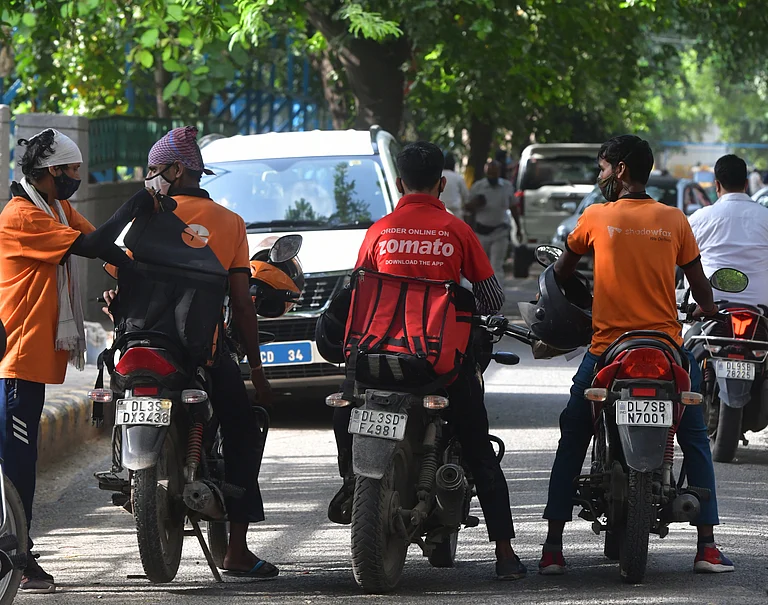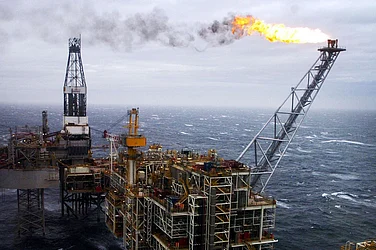At the beginning of 2022, the United Nations High Commissioner for Refugees (UNHCR) announced that more than 100 million people were displaced around the world. By May 2023, the displacements crossed another 10 million (over 110 million), accounting for 1.3 per cent of the global population. These are people who have been forced to leave their homes to flee war, violence, persecution and poverty because of lack of protection in their own countries due to their race, religion, nationality, political alignment and so on.
The newest addition of refugees from Ukraine, a country that continues to be at the helm of Russia’s invasion, along with countless fleeing Taliban’s Afghanistan and conflict-ridden countries like Syria, Myanmar, Venezuela, South Sudan and others, has pushed the number of people seeking asylum to what the UN refugee agency calls an “unprecedented level”.
Outlook takes a look at some of the countries hit by the largest refugee crises the world has seen in recent history:
Syria
The Syrian refugee crisis remains one of the largest humanitarian crises in the world. The displacement resulted from the violent government crackdown of 2011 that sparked public protests and led to the Syrian Civil War. More than a decade later, there are nearly 7 million Syrian refugees around the world and more continue to seek refuge in Turkey, Lebanon, Jordan, Iraq and Egypt and European countries.
Ukraine
While the world was still reeling from the coronavirus pandemic, Ukraine suffered a catastrophic blow that led to the fastest-growing refugee crisis in recent history. Russia’s invasion of Ukraine has resulted in over 8.2 million refugees fleeing the war-torn country to countries across Europe, according to the UN. Meanwhile, at least another 8 million are displaced within the country and in need of humanitarian assistance.
Afghanistan
The Afghan refugee crisis has resulted in a huge outflow of displaced individuals over the last few decades due to the recurring conflict and political instability. With Taliban taking control of the government and international forces withdrawing, the number of Afghan refugees has only been rising. The gendered discrimination born out of the systematic erosion of women’s and girls’ rights and their gradual exclusion from public and political life by the de facto authorities further worsened the situation.
While a majority of the population remains internally displaced, an estimated 3.5 million Afghans (as of December 2021, UNHCR) have registered as refugees in other countries.
Myanmar (Rohingya Crisis)
The Rohingya, a Muslim ethnic minority group in Myanmar, have for decades suffered violence and discrimination, the earliest on record being in the 1970s. But in August 2017, Myanmar’s army launched a deadly crackdown on Rohingya Muslims with armed attacks, shelling and bloodshed, forcing thousands to flee their homes in Rakhine State. The ongoing series of persecutions and killings have been termed a ‘genocide’ attempt. It has resulted in the creation of the world’s largest refugee camp in Bangladesh’s Cox Bazaar, where most of them have sought asylum, while others fled to India, Thailand, Malaysia and other parts of Southeast Asia.
South Sudan
South Sudan, the world’s youngest nation, is also the site of one of the largest refugee crises in the world, with 2.3 million South Sudanese refugees and nearly 2 million internally displaced. Part of a larger Sudan crisis, concerns arose for South Sudan when it gained independence in 2011.
Increasing violence and conflict in the country escalated into a full-blown humanitarian emergency by 2013 with acute food insecurity and political instability, forcing millions of South Sudanese to seek asylum in neighbouring countries like Uganda, Sudan, Ethiopia, Kenya, and the Democratic Republic of the Congo.
According to the UNHCR, 63 per cent of the refugees from South Sudan are children.
Venezuela
The Venezuelan migration and refugee crisis is the largest recorded refugee crises in the Americas. It is also among the largest external displacement crises in the world. The humanitarian emergency was caused due to the economic and political crisis arising out of the Bolivarian Revolution led by Venezuelan president Hugo Chávez, who ruled the country from 1998 to 2013 (barring the 2002 coup d'état attempt) until his death.
More than 7.2 million people have fled Venezuela so far and many of them continue to face poverty. Most Venezuelan refugees and migrants have sought shelter in nearby countries like Colombia, Peru, Ecuador, Brazil, and Chile, placing considerable strain on their resources and infrastructure.
Apart from the listed few, there are many countries that suffer from humanitarian crises, some forgotten and some still struggling for recognition -- Palestine, Somalia, Eritrea, the Democratic Republic of Congo and the Central African Republic to name a few. As the number of refugees continues to grow, there is an increased urgency for governments across the world to provide solutions like repatriation, local integration and resettlement.
After all, the case of refugees is a case of humanity. There is a legal and ethical obligation to cater to these people, express solidarity and ensure their safety.


























